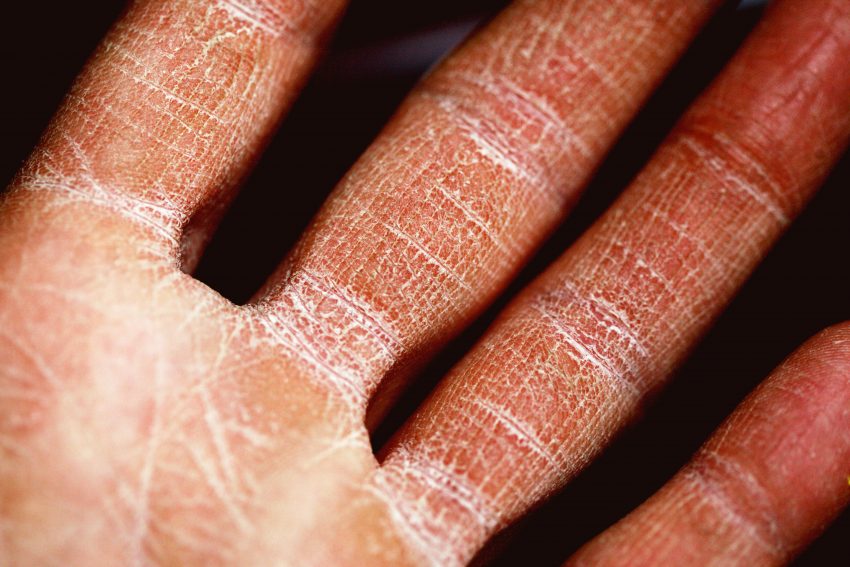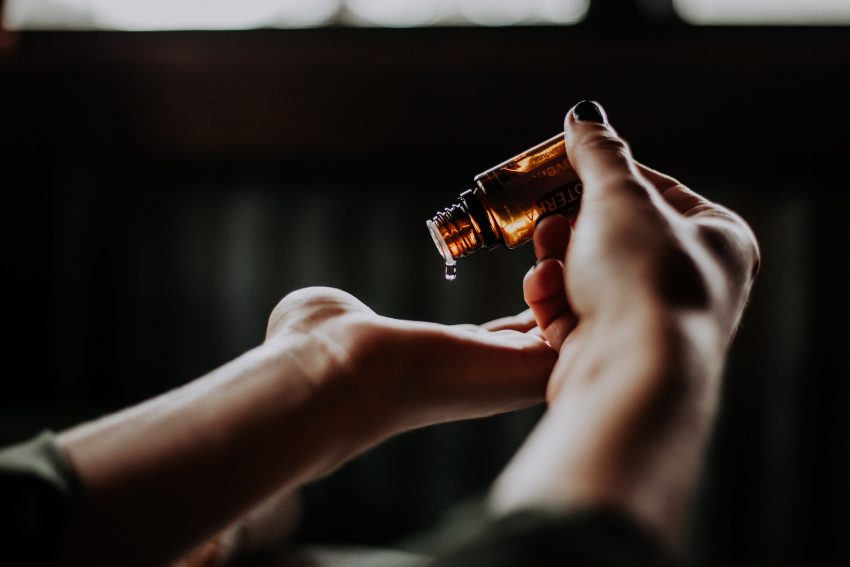Changes in our skin as we age are inevitable, including loss of moisture, changes in…

How Your Skin Changes with the Seasons
Like it or not, winter is officially here (still). The days have grown cooler, and though they’re getting a little longer again, the coldest weather is still ahead of us.
Many of us reach for an extra layer to wear to keep warm and crank up the thermostat. But do you also think about how those temperatures affect your skin? Some of us slather on extra cream and hope for the best. But we rarely stop to think about if that’s the best route to go down.
Seasonal changes can be a nightmare for your skin.
You think you’ve got your routine down, but as the weather cools, you might find your skin growing dryer, irritated and tight. If you’re already struggling with skin concerns such as rosacea or acne, the cold weather won’t do much for that, either. But there are things you can do to combat the effects of the seasons transitioning.
First, though, it’s important to understand why.
Why does your skin change when the weather does?
Spring, summer, autumn and winter all come with associated weather patterns. Each has its own temperature and humidity range, and these fluctuations affect your skin.
As summer turns to autumn, you’ve likely noticed the air cooling and growing drier. When this becomes winter, this intensifies, and we get even colder air and brisk, chill winds.
Throughout this, your skin is doing its best to stay hydrated. But when there’s less moisture in the air and harsher conditions, it becomes more and more of a challenge. Especially when we escape indoors to avoid the weather and turn up the central heating to warm up.
That scalding hot shower you take to drive away the chill? That’s not helping either.
The weather, combined with the methods we use to combat the cold, both cause dryness and irritation in our skin. Your skin may become flaky on your face and body, and you might notice you’re more prone to inflammation. Areas that are frequently exposed, like your hands and lips, may get sore and begin to crack. Especially with all the additional hand washing that comes with living through a pandemic.
The chances are, by the time your skin has adjusted to the changes in temperature and humidity, the seasons are shifting again. We move into spring, and it gets a little warmer and more moderate. The wind is less harsh, and some humidity returns to the air.
But if we keep an eye on how the changes in seasons are affecting our skin, we can combat the side effects early on. We can prevent irritation and generally unhappy skin.
From warm to cooler weather, and what it does
When the temperature drops, and the humidity falls, your skin cries out for hydration. Cold weather can lead to cracks in the outer layers of your skin, inflammation and a general lack of moisture. Which can seriously impact your overall skin health.
This is because the skin barrier is disrupted, and even more so when you leave the colder winter weather and step into an overheated building that circulates hot, dry air. You might find yourself suddenly itchy and feeling dry and parched.
This dryness can lead to a build-up of excess dry skin, which is likely to clog your pores and cause your skin to break out or flare up. In addition, many of us tend to comfort eat during the colder months, and this, too, can upset the hormonal balance of our skin.
How can I tackle the effects of cooler weather?
Unfortunately, since everyone’s skin is different, there isn’t one solution that will work for each of us. What you can do, however, is work to protect your skin from harsh seasonal weather by adjusting your skincare routine.
Shift to a gentler facial cleanser during the winter to avoid harsher chemicals that might further dry out your skin. A milky lotion can help to improve your skin’s lipids and works best when you use toner less often.
Exfoliate if you feel the need to, but do so gently, to remove dead skin cells. A physical exfoliator is likely to be less friendly to your skin in the cooler months. Consider opting for a chemical exfoliant that doesn’t disrupt your skin’s barrier.
You might want to try a heavier moisturiser to retain your skin’s moisture. You should also ensure you’re using a serum that gives your skin the hydration it needs to avoid dry patches.
If you have oily skin, stick to a light moisturiser – but don’t skip it entirely. You’re likely to overproduce sebum (oil) at these times, and oiliness will only worsen if you don’t correct the lipid abnormalities in your skin.
For dry skin, look for moisturising products that contain emollients and physiological lipids such as ceramides. These can encourage your epidermis to produce the correct balance of lipids and renew the skin to protect it from the environment by retaining hydration.
Hand creams and body butters can be an excellent option for those places on the body that are regularly exposed or prone to dryness, such as elbows, ankles and knees. All of this combined should help to protect your skin’s barrier from breaking down. Using a nourishing body wash and keeping to shorter showers can also help to prevent dryness.
From cold to hot again
When the weather again moves into warmer months, and spring approaches, the humidity and temperature will increase again. Your skin might begin to feel more oily and heavy, as dirt and dead skin cells stay trapped on the surface of your skin.
If you usually have normal skin, you might grow oilier in the warmer months, which can cause breakouts and flare-ups. Warmer temperatures encourage sebum production and sweat, which can clog pores. We’re also more likely to expose ourselves to the sun, which can affect pigmentation and cause sunspots.
What can I do about the effect of warmer weather on my skin?
Switch to a more lightweight moisturiser as spring approaches, to avoid an unnecessary build-up of product. Remember, your skin still needs hydration, but it’s better to get that hydration from drinking plenty of water in the warmer seasons.
Incorporate an oil-removing cleanser into your routine to help to control excess oiliness. For a deeper clean, look for products that contain salicylic acid and add in a chemical exfoliator, too.
Vitamin C is an excellent addition to your routine all year round, but can be even more important in the summer. Regular application can prevent hyperpigmentation and improve the appearance of fine lines and wrinkles by aiding with collagen production. Choose to layer a Vitamin C serum on your face after cleansing and before you moisturise.
If you wear make-up, try to ease off on heavy foundations and products that create a barrier on your skin and look for products that are labelled as non-comedogenic. When our skin is already prone to producing more oil, the build-up of dirt, oil and dead skin cells can easily be trapped on our faces, which can lead to more break-outs and flare-ups of existing skin conditions.
Don’t forget to be more diligent in your application of sunscreen – from head to toe. Even on the coldest, most unpleasant of days, the sun’s rays still reach our skin and SPF protection is necessary. More so in the summer, when we’re more likely to be outdoors and exposed for more prolonged periods.
It’s also a good idea to avoid long, hot baths in the summer, and limit your showers – no matter how warm it is. Over-showering can lead to dry skin, which can lead to inflammation and flare-ups of eczema. Remember to moisturise after a shower or bath, particularly if you shave your legs, as this can damage the surface of your skin and leave it dry and over-exfoliated.








